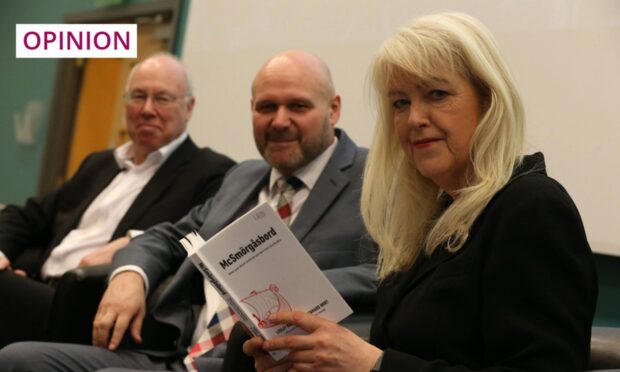Sadly, when Public Health Scotland revealed that disordered eating symptoms have increased by over a quarter in Scotland in the last five years, it didn’t come as a shock to myself or my colleagues.
As the UK’s eating disorder charity, we at Beat have seen many examples of the terrible impact the Covid pandemic has had on children and teenagers. Many struggled to adjust to the sudden change in routine when the country locked down. Being away from friends, keeping up with lessons from home and worrying about the health of family were just some of the pressures they faced.
We’re still feeling this impact today. At Beat, we provided over 10 times the number of support sessions to or about Scots aged 17 and under between April 2022 and March 2023, in comparison to before the pandemic. Anecdotally, we’ve heard from eating disorder professionals that services experienced a huge increase in demand between 2020 and 2021.
Some could argue that this means more people are spotting the signs of eating disorders and reaching out for help. While it’s true that awareness of eating disorders is getting better, and that the harmful myth that only women and girls can be affected is gradually waning, it’s worrying that these serious mental illnesses have become widespread.
The sooner somebody starts treatment, the better their chances of making a full recovery. A huge part of our work is helping people of all ages to understand eating disorders, reach out to their GP, and access support while they wait for professional treatment.
But eating disorders don’t only affect the person who is unwell – they also have a huge impact on those supporting a loved one.
Families need to know that help is out there
Eating disorders are never anybody’s fault, but we often hear from carers who feel responsible for their loved one’s illness. Lainey, a mother in rural Angus who supported her daughter, said: “After my daughter was diagnosed with anorexia, I, without logical reasoning, completely blamed myself.”
Families often feel isolated, scared for the future and in need of a safe space where they can talk about their worries. They can also face financial difficulties, especially if their loved one is being treated away from home.
Today, medical student Katie shares her experience of disordered eating, and asks what more can be done to help people in her position.
Head to the link to read her story. 💜 https://t.co/KcuTWbrdzR pic.twitter.com/mNm0ihSpXr
— Beat (@beatED) September 27, 2023
Parents and guardians can’t pour from an empty cup, which is why we developed online and telephone support with carers in mind. Families can hear from trained eating disorder clinicians on how to care for a loved one while looking after their own mental health.
We also have a free online platform called POD, where parents can watch e-learning modules, listen to people who have recovered from an eating disorder, and connect with others in similar situations. It’s crucial that families know help is out there.
School staff pay a crucial role in spotting warning signs
Given that young people spend most of their day at school, it’s vital that teachers and school professionals can spot the warning signs quickly.
Kerry Coull, who has taught primary school pupils for most of her career said: “Since the pandemic, I feel like the health and wellbeing of young children has declined, with more pupils over 10 years old being referred to children and adolescent mental health services for eating disorders.”
In 2021, the National Review of Eating Disorder Services found that eating disorder services are a postcode lottery across Scotland
Thanks to funding from the Scottish Government and W M Mann Foundation, we provide and promote free eating disorder online training to primary and secondary teaching staff across Scotland. This helps staff to spot the signs quickly, speak to families about their concerns, and signpost students to the support they need and deserve.
In 2021, the National Review of Eating Disorder Services found that eating disorder services are a postcode lottery across Scotland. The Scottish Government committed to 15 ambitious recommendations, including ensuring that teachers and healthcare professionals can access quality training, and empowering families by providing emotional and practical support.
If we want people across Scotland to live free of eating disorders, improving treatment, increasing support for carers and boosting teacher training is a good place to start.
- If you’re worried about your own or someone else’s health, you can contact Beat 365 days a year on their Scottish helpline at 0808 801 0432, or via scotlandhelp@beateatingdisorders.org.uk, between 1pm and 9pm on week days, and 5pm to 9pm at weekends and bank holidays
Kirsty Pavey is national lead for Scotland at Beat, the eating disorder charity











Conversation